The notion of fairies at the bottom of the garden is nothing new. It’s partly inspired by the now infamous Cottingley fairies, created by a pair of bored sisters using a camera and fairy illustrations. The notorious fake photos of the Cottingley fairies sold for £20,000 in October 2018.
But the lure of fairies in the garden doesn’t exactly fade. A lot of it probably comes from Cicely Mary Barker’s gorgeous Flower Fairies of 1923. Fairies remain popular even though a casual dip into fairy lore reveals a darker, more vindictive side to the fey folk.

For Claire Nahmad, fairies are natural gardeners and “care for all growing things” (1994: 61). Some people even think fairies would help keep the garden healthy. Cassandra Eason divides fairies into different groups, “such as the flower fairies of the country garden”, and these groups “reflect the nature of the terrain they inhabit and perhaps draw power from it” (2002: xii).
So maybe it’s not such a bad idea to attract fairies to your garden! But if you want to create a fairy friendly garden, where should you start? Looking to folklore is a great idea and will give you a whole host of plants and trees to add – and avoid.
As always, hit play below to listen to this post as a podcast episode. (Maybe consider subscribing on Apple Podcasts?) Or keep reading below!
Fairy Friendly Trees
If you have space in your garden, then planting trees can certainly help. They provide shade in the summer and shelter from rain showers in autumn. Trees also help to improve air quality and give small animals a home.
To attract fairies, Nahmad suggests rowan, apple, birch, elder, ash and oak (1994: 61). I would actually avoid rowan trees as its wood is traditionally used to ward off fairies. Meanwhile, growing an elder by your door should protect your house from both evil and lightning (Baker 2011: 54).
The link with oak trees is an old one. A rhyme, “fairy folks/are in old oaks”, explains how many thought fairies lived in oak trees.
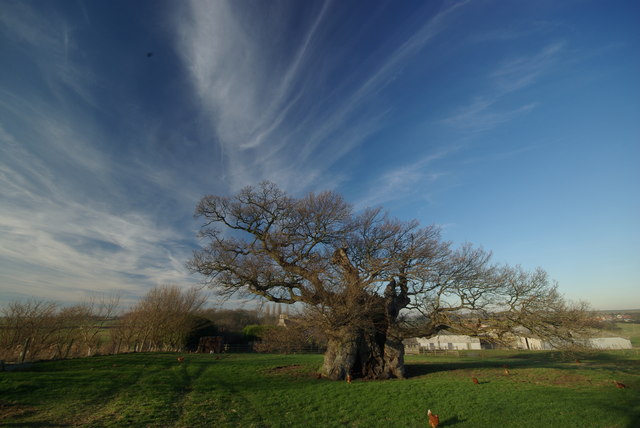
Elsewhere, I’ve seen people also recommend yew and willow. Yew makes a great choice for hedges though it’s highly poisonous so be careful if you have children. And willow trees look odd without a river to artfully drape into.
But not everyone has a garden large enough to accommodate trees. You may not want your foundations undermined by tree roots. So let’s take things down to ground level, shall we?
Plants and Flowers
The association between flowers and fairies goes back far beyond Barker’s flower fairy paintings. Just look at the flower Oberon gives Puck to cause his mischief in A Midsummer Night’s Dream.
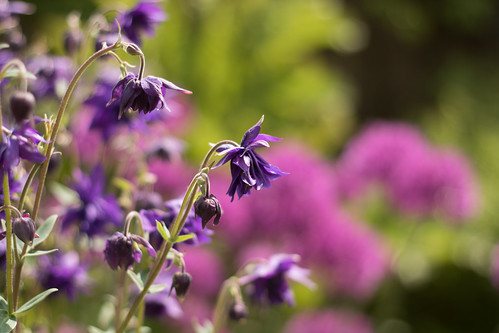
There are many choices for the fairy friendly garden. Nahmad suggests henbane, clover, lavender, snowdrops, lilacs, ferns, meadowsweet, nightshade, mandrake and foxgloves for flowers (1994: 61).
Henbane is a weird choice given its highly pungent (and deeply unpleasant) aroma. And the fact it’s poisonous. But lavender makes sense. If you mix it with chamomile, rose and mugwort, you can attract fairies on Midsummer’s Eve. It’s also popular with bees and you can dry it out to make sleep sachets.
Incidentally, ferns can also be your ticket to riches. If you stand among ferns late at night, and stay completely silent, Puck should appear and give you a bag of gold.

Foxgloves are also big favourites with fairies. According to one legend, the white spots inside the flower are marks left by fairies. In other stories, the fairies showed foxes how to ring the flowers as bells to warn other foxes about hunters. Or the fairies gave the flowers to foxes to deaden their footfalls so hens wouldn’t hear them coming (Binney 2018: 39).
I’d also add the fuchsia to the list. Apparently the flowers make a great hiding place for fairies. And if you live in the right climate, they’re also a favourite of the hummingbird.
Likewise, fairies use bluebells to summon their kin. Just try to avoid hearing them yourself, or they’ll be your death knell. Some people advise hanging bells in your garden to attract fairies. I say just put bluebells in instead.
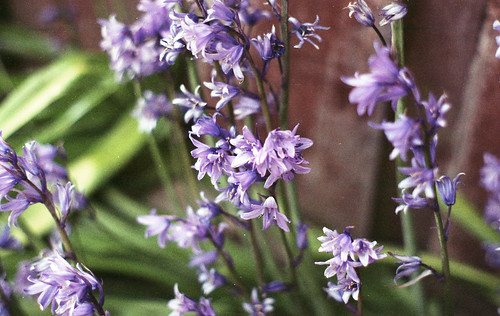
Holly is a good choice near windows or doors. In earlier centuries, people put holly branches around their homes in the winter. These branches became a form of shelter for the fairies that lived nearby. Given ancient people also planted holly by their windows to deter evil spirits, it implies that not everyone thought fairies were evil.
In addition to those listed above, consider petunias, sunflowers, columbines, snapdragons, violets, and pansies.
If you want your fairy friendly garden to be useful too, try planting a herb section. Rosemary and thyme are fairy favourites – and awesome for use in cooking. Fairies also like St. John’s Wort and heather.
Margaret Baker relates a belief that St. John’s wort “moves away from anyone about to pick it” (2011: 140). Even worse, if you stood on it, you’d be carried off on a fairy horse and dropped off somewhere far from home the next morning. So maybe only plant it if you don’t plan on pulling it up again.
Fairy Rings
Fairy rings offer a persistent link with fairy folklore. As Jacqueline Simpson and Steve Roud explain, “[w]hen circles of lush, dark green grass were seen in meadows, they were said to mark the place where fairies had danced” (2003: 117). For Eason, having a fairy ring beside your house is a good omen. And to see fairies, run around it nine times clockwise (2002: 51).
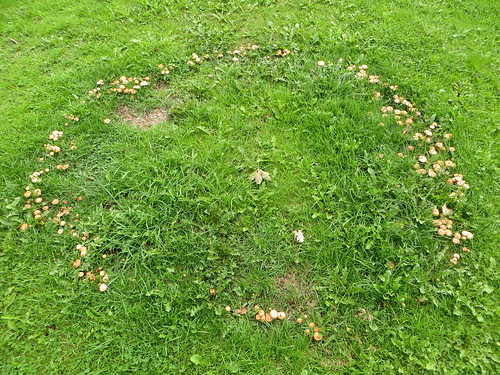
Meanwhile, sitting in a fairy ring at the full moon makes wishes come true. Though avoid doing so during fairy revels or you may be drawn into the ring and “forced to dance without stopping until dawn” (Eason 2002: 51). In a tale from Herefordshire, a mother managed to rescue her daughter from such a fate by grabbing her dress and pulling her free in silence (Simpson 2006: 325).
Fairy rings appear on their own, and they’re created by an underground fungus. Occasionally, it pops up above ground, which gives us the traditional ring of toadstools. It’s difficult to create a fairy ring yourself, unless you want to lay out a ring of nice stones on your lawn.
Fairy Garden Best Practices
Nahmad recommends that you don’t uproot established trees and plants. If you need to remove weeds, do it carefully and not when they’re in flower. If you can’t use them for food or medicine, then pop them on your compost heap so nature can ‘recycle’ them (1994: 54).
Be eco-friendly in your gardening practices since fairies are nature spirits. Avoid using commercial fertilisers and try to use natural alternatives where you can. Homemade compost or good old-fashioned manure should both do the trick instead. And absolutely do not use pesticides. You don’t want an over-manicured lawn. For one thing, clover is a great favourite of bees.

Choose natural materials where you can. If you have paving, try using natural stone rather than concrete or bricks. Plant plenty of low shrubs to give shelter from the rain.
If you’re going to include statues, try and get stone ones. Plastic just ruins the effect and you might get moss on the stone, which fairies also love!
And consider building rock gardens. Fairies like stone walls because they can squeeze into the gaps between the stones. So do other insects so even if fairies don’t move in, you might get beetles or helpful spiders.
The final point I found is somewhat contentious. Some people recommend adding a small fountain, stream or pond to give fairies a water source. Others advise against that, saying fairies don’t like running water. Personally, I think a bird bath would be a good idea. Even if the fairies don’t want to use it, the local bird population will.
And that’s the key to a fairy friendly garden.
Choose plants that are bee and butterfly friendly. Create spaces for small animals or birds to live and feed. Make sure they have water. And above all, keep your garden eco-friendly and free of litter! If wildlife enjoys your garden, fairies will too.
Even if you only have a small balcony or patio area, put some of these flowers and plants in pots or tubs. Keep them watered and happy. Who knows what you’ll attract?
Over to you! Would you create a fairy friendly garden?
Add your email below to get updates when new posts go live. Or why not sponsor this blog (and the Fabulous Folklore podcast) for $1 a month?
References
Baker, Margaret (2011), Discovering the Folklore of Plants, 3rd ed. Oxford: Shire Classics (aff link).
Binney, Ruth (2018), Plant Lore and Legend, Hassocks: Rydon (aff link).
Eason, Cassandra (2002), A Complete Guide To Fairies And Magical Beings, San Francisco: Red Wheel (aff link).
Nahmad, Claire (1994), Garden Spells: The Magic of Herbs, Trees and Flowers, London: Pavilion Books (aff link).
Simpson, Jacqueline and Steve Roud (2003), Oxford Dictionary of English Folklore, Oxford: Oxford University Press (aff link).
Simpson, Jacqueline and Jennifer Westwood (2006), The Lore of the Land: A Guide to England’s Legends, from Spring-heeled Jack to the Witches of Warboys, London: Penguin.
Nutty about folklore and want more?
Add your email below and get these posts in your inbox every week.
You'll also get my 5-step guide to protecting your home using folklore!
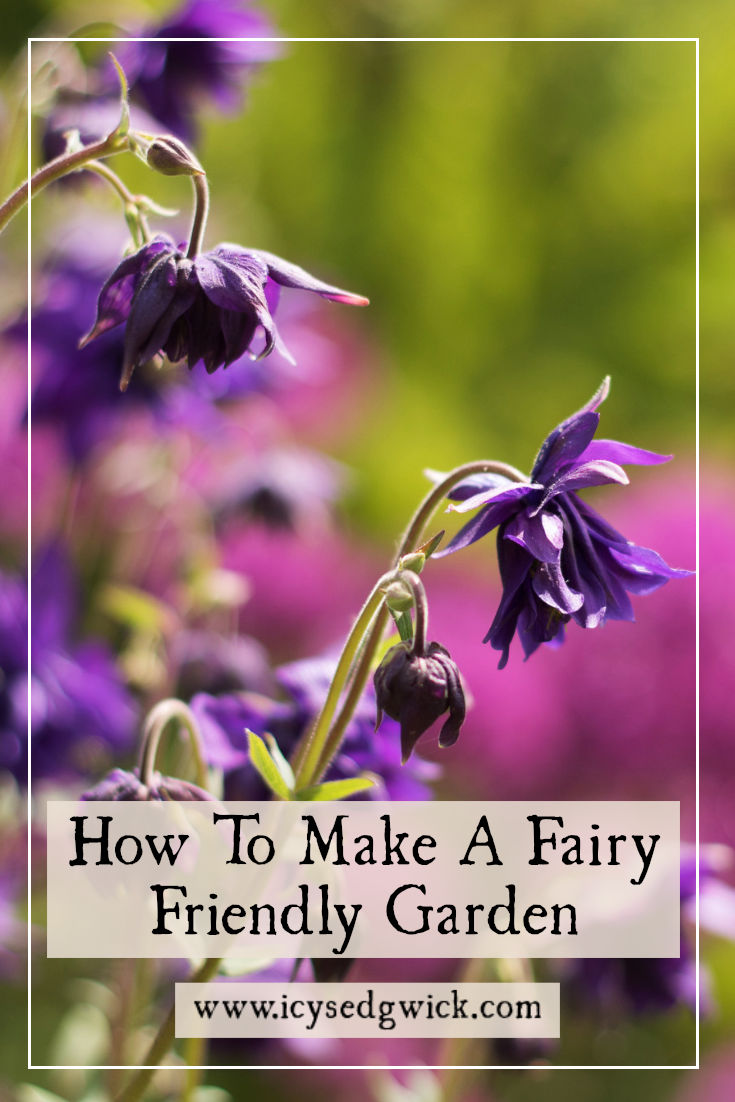







Have you seen Terry Jones’s “Pressed Fairies”? It is somewhat entertaining as long as the quiet people aren’t there to see you looking at it! Shhh.